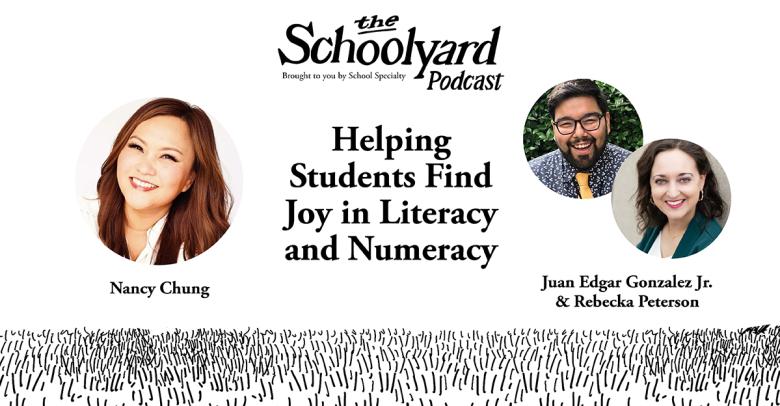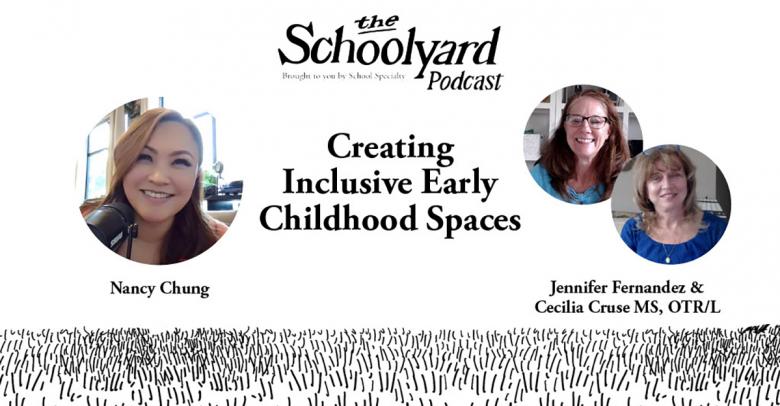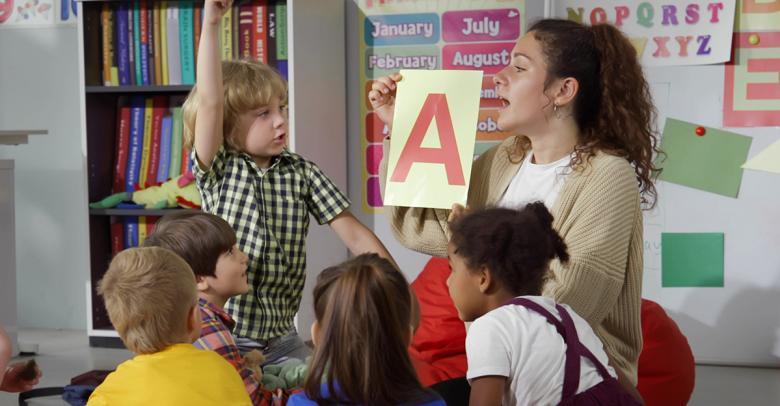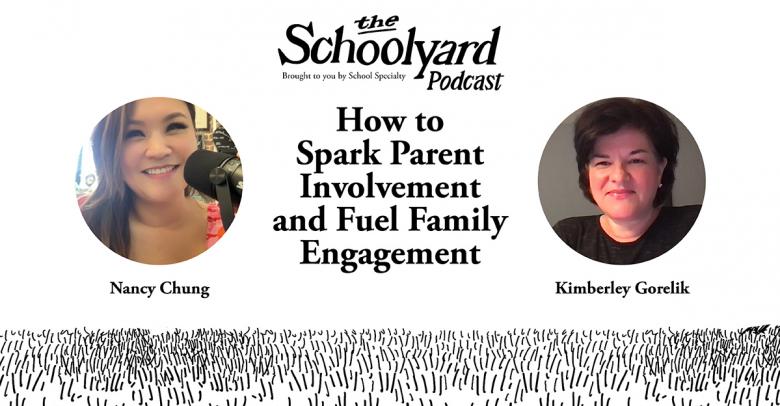Having worked with children for many years, I have noticed a trend: the older they get, the less they like to write. I have my theories about this.
One is, when children are very young, adults begin to push them to copy letters, keep letters on the lines of lined paper, and hold standard writing utensils well before they may be developmentally ready to do many of those things. This can foster frustration with writing or cause them to equate writing with something they don’t like because they cannot physically do what is being asked of them. They begin to see themselves as “not good at writing.”
Another theory is that as children get a little older, adults begin to force writing prompts on them rather than give them a choice of what to write about. It is more difficult and less interesting to write about someone else’s idea than to write about your own. Lack of choice can also lead to resentment and negative feelings toward writing.
The trick in all this is for someone to become a good writer, they have to write. Therefore, what are some ways we can encourage children to engage in this much-needed task while making it appealing and fun?
Fun Writing Supplies
First, make writing more enticing by providing interesting writing materials. Writing utensils like markers, colored pencils, and unique pens might be more appealing than the every day pencil. Find different kinds of paper to write on—colored paper, big and small paper, homemade booklets, journals, sticky notes, index cards—the list is endless. Having something intriguing to write with and write on may be the first step in getting a reluctant writer on board.
Break It Down
Another suggestion is to break writing down into smaller chunks. Some former colleagues once gave me the idea of having children create lists. Making a list is a much simpler task than filling an entire page. Have children brainstorm and list topics such as hobbies, sports, or favorite foods, and then come up with as many items for each as possible. Not only have you nudged a child into doing some writing, but now they may have some topics to expand on for future writing assignments.
Start By Talking
The next idea is to start with talking. Oral storytelling is a path to story writing. Sometimes saying ideas out loud helps to formulate our thoughts before putting them down on paper. Coming up with an unusual or silly story using their imagination may motivate a student to want to write it down, draw about it, or create a homemade book to record it. An added twist is to use a phone or tablet to record the student’s voice as they tell their story. Then they can go back and listen to their story and write it down as they hear it back.
Meaningful Writing
Meaningful purposes for writing may be the ticket to generating some written work. When a child has a real reason to write, they may not think of it as a writing task. Ideas that come to mind include letter writing, making a card, designing a sign, outlining a plan for a party, or preparing a message for the tooth fairy. Knowing that their writing may serve a genuine purpose can be very motivating.
Remove Stressful Barriers
Another helpful tip is to take the focus off spelling, handwriting, and punctuation. If that is stressing a young writer out, let him or her put their attention on the content of the writing. Going back later to address editing issues will allow the student to concentrate on other important elements of writing like expressing ideas, word choice, or the message they wish to convey.
I Write, You Write
There is one other strategy I’ve learned along the way that can make writing less intimidating. Joint stories or “I write, you write” are a fun way to collaborate with a child and take the full load of completing a big task off their shoulders. If you write half and they write half, it makes for a more doable assignment and you can end up with a very creative story as an end result!
Give Them the Choice
Finally, and maybe most importantly, give children choice as to what to write about. In all situations, not just writing, it is important for young learners to feel as though they have some choice. Imagine being young again and having people lay out your clothes, select your meals, assign your bedtime, etc. What did you get to pick? Not much. Therefore, giving children choices when possible helps them feel they have some control over things and gives them a sense of responsibility. Choosing writing topics is a perfect opportunity to make this happen.
Rather than jumping into the daily power struggle over writing practice, try one of the techniques I’ve mentioned. Hopefully, it will yield some results. While there is no magic answer to this dilemma, at least you have a few more tools in your toolbox to help build those writing skills!
Jennifer Fernandez
Jennifer has over 30 years of experience in education. She has degrees in Elementary Education, Spanish, and Bilingual Education and holds teaching licenses in Texas and Minnesota. She has taught PreK-2nd grade in general and bilingual settings, served as a professional learning specialist for seven years, and currently presents at state and national conferences.
Read more by Jennifer Fernandez–>







Leave a Reply